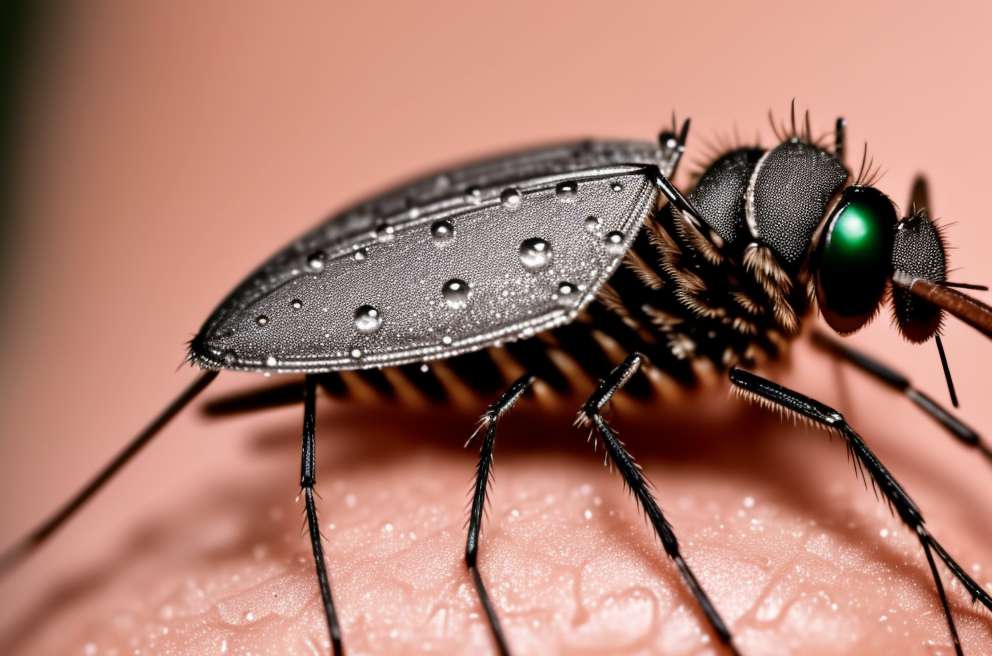Approximately half of the world population you run the risk of suffering malaria and two are the risk groups: infants and pregnant women .
Most general cases and deaths are recorded in Africa. However, Asia, Latin America and, to a lesser extent, the Middle East and parts of Europe are also affected.
In 2008, malaria was present in 108 countries and territories.
High-risk groups according to the World Health Organization (WHO) are made up of:
- Young children who live in areas with stable transmission and who have not yet developed protective immunity against the most severe forms of the disease. Young children are the group that contributes the most to global mortality due to malaria.
- Pregnant women are not immune. Malaria produces high rates of abortion (up to 60 percent in the case of infection by the parasite plasmodium falciparum, the most common and dangerous) and maternal mortality rates of 10 to 50 percent.
- Pregnant semi-immune areas with high transmission. Malaria can cause abortions, especially during the first two pregnancies, and low birth weight. It is estimated that 200,000 infants die each year as a result of the malaria acquired during pregnancy.
- Pregnant semi-immune, infected by HIV / AIDS from areas with stable transmission, are at increased risk of malaria in all their pregnancies. Women with placental malarial infection are more likely to transmit the infection to their newborn children.
- Patients with HIV / AIDS are in a highly risky situation of malaria if they are infected.
- International travelers from non-endemic areas are highly exposed to malaria and suffer its consequences, as they lack immunity.
- Migrants from endemic areas and their children living in non-endemic areas are also at greater risk when they return to visit their countries, due to the absence or mitigation of immunity.
Video Medicine: Malaria Prevention Efforts Miss Many Pregnant Women in Africa (April 2024).
